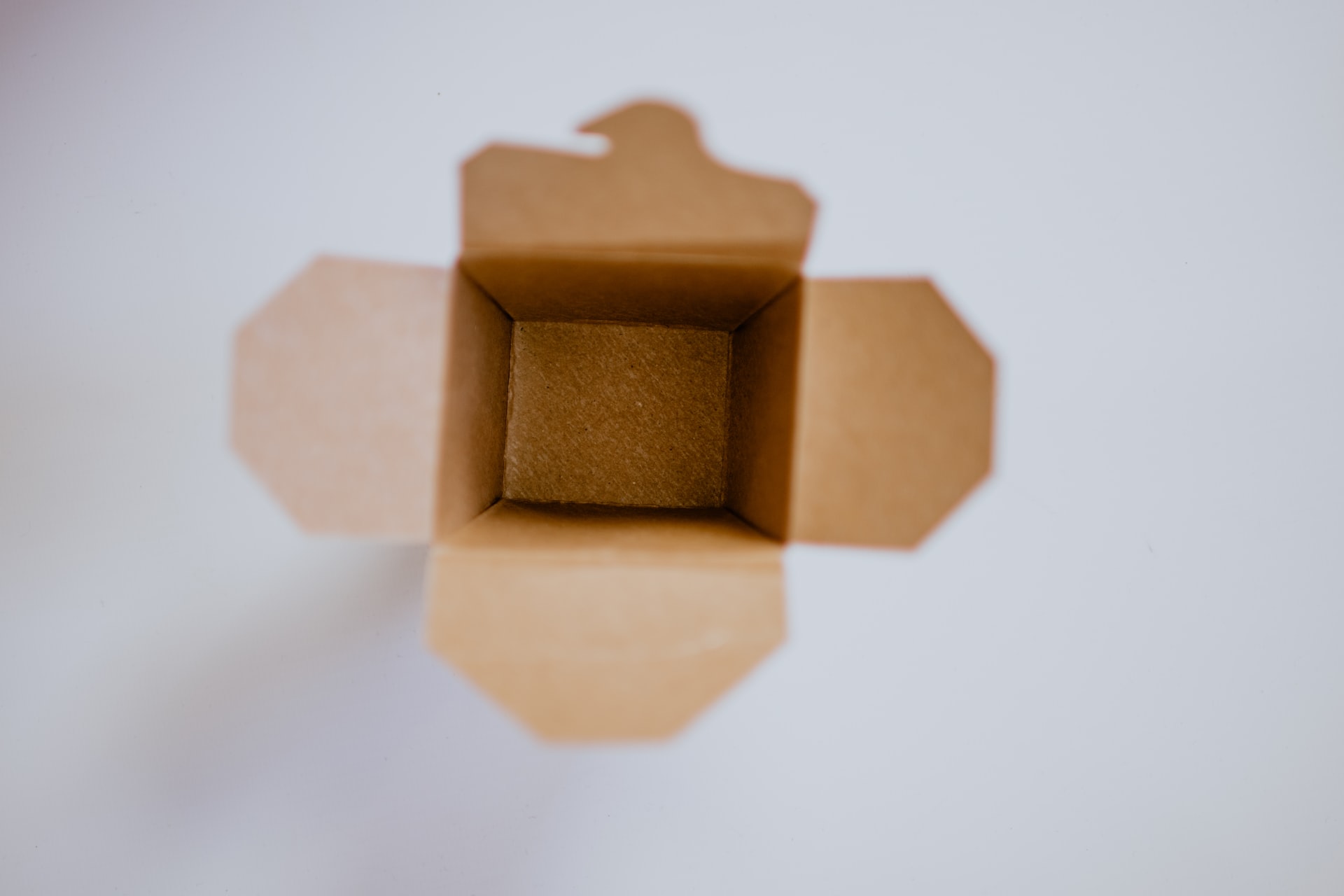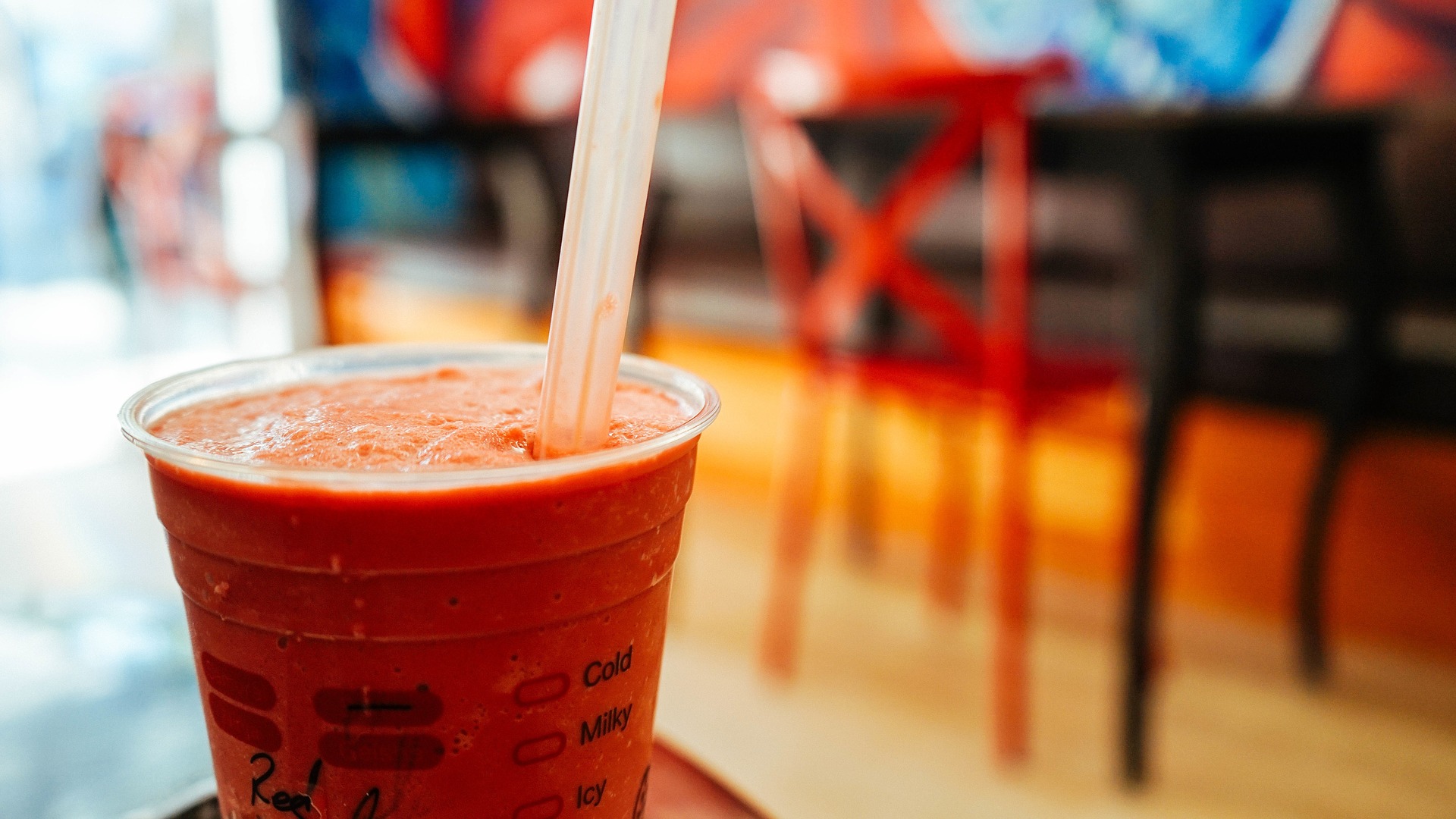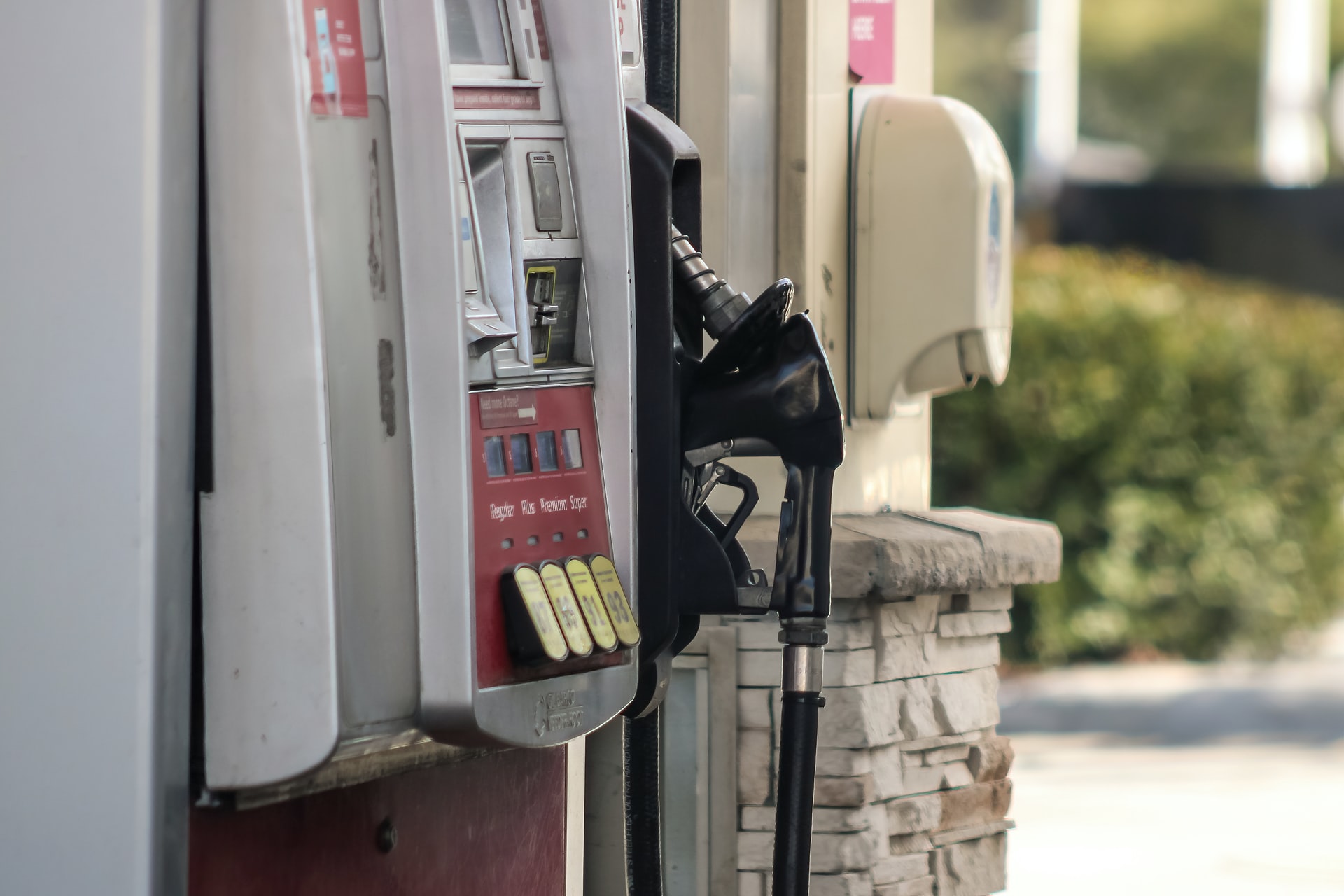4 Common Uses for Butane Gas
Tags - Common Uses for Butane Gas
Butane gas was first discovered in 1849 by chemist Edward Frankland, and the gas belongs to a bigger family of hydrocarbon gases called liquefied petroleum gas (LPG).
Today it is widely used, commercially and residentially, to fuel things like fridges, lighters and aerosols.
With it being highly flammable, colourless, odorless and easily liquefied, it’s clear to see why it is a popular gas to use.
One small downfall though, is that it can only turn into a gas at a minimum temperature of -1 degree celsius, which means it’s not practical to use outside - especially during the winter.
So, if you’re planning a winter BBQ or want to fuel your patio heater in temperatures less than -1, you would need to use propane gas.
Moreover, when butane burns in the presence of oxygen, it can form carbon dioxide and water vapor.
However, if there is not enough oxygen present at the point of burning, it can produce carbon monoxide which is toxic and dangerous to inhale.
Nevertheless, butane is not a greenhouse gas and therefore does not affect the ozone layer, making it environmentally friendly.
Now that we’ve covered what butane gas actually is, let’s take a look at the 4 common uses.
1. Portable Grills/BBQs
Butane gas is very popular with campers and during the summer for BBQs as it’s very easy to transport around.
At the same time, it lights instantly and can reach its maximum heat output very quickly, meaning you don’t need to wait around for your grill to warm up - making it very easy to use, just light it and you’re good to start cooking!
Not only that, but butane gas is a very cost effective choice as it’s cheaper than propane as well as producing 12% more energy when burned.
To find out more about the benefits of using butane gas for BBQs click here.
2. Fridges
Historically, methane was the primary gas used in fridges.
However, it was discovered that methane places too much stress on the earth’s ozone layer making it harmful to the environment and has since been switched to using butane gas instead.
Simply, butane gas is used as a refrigerant; a liquid which evaporates inside the fridge to create the cold temperatures.
Sometimes, gasoline is added to the butane as it’s been known to enhance the performance of the gas.
3. Aerosols
Most modern aerosols use butane gas as the propellant.
The way it works is that the gas gets put under high pressure, turning it into a liquid which allows a lot of gas to be stored in a small space.
Then inside the can, the vapour from the liquefied gas produces enough pressure to force the product out.
Furthermore, the more product that is used, the more the propellant evaporates to maintain the constant pressure.
Consequently, this makes aerosols highly flammable so should not be sprayed near a flame.
4. Lighters
Butane is used as a fuel in lighters because it can handle the pressure to which it is compressed.
In other words, the vapour pressure required for butane is very low which means you can put it into a small plastic vessel, like a lighter, without it being dangerous.
And when the pressure is released through the valve, the liquid inside is quickly turned into a gas which is easily flammable with the oxygen found naturally in the air.
Additionally, because butane gas is a form of hydrocarbons, it doesn’t damage plastic which makes it perfectly safe to use.
The Final Word
So there you have it, 4 of the most common uses for butane gas - most likely you’ll be using these appliances day-to-day without realising which gas was used to fuel them.
As always, no matter how you use butane gas it should always be used with proper care and caution as it’s highly flammable and misuse can be catastrophic. To understand the dangers of using butane gas check out our previous blog here.
Please get in touch for more information.
In the meantime check out our Butane Gas Refills here.





